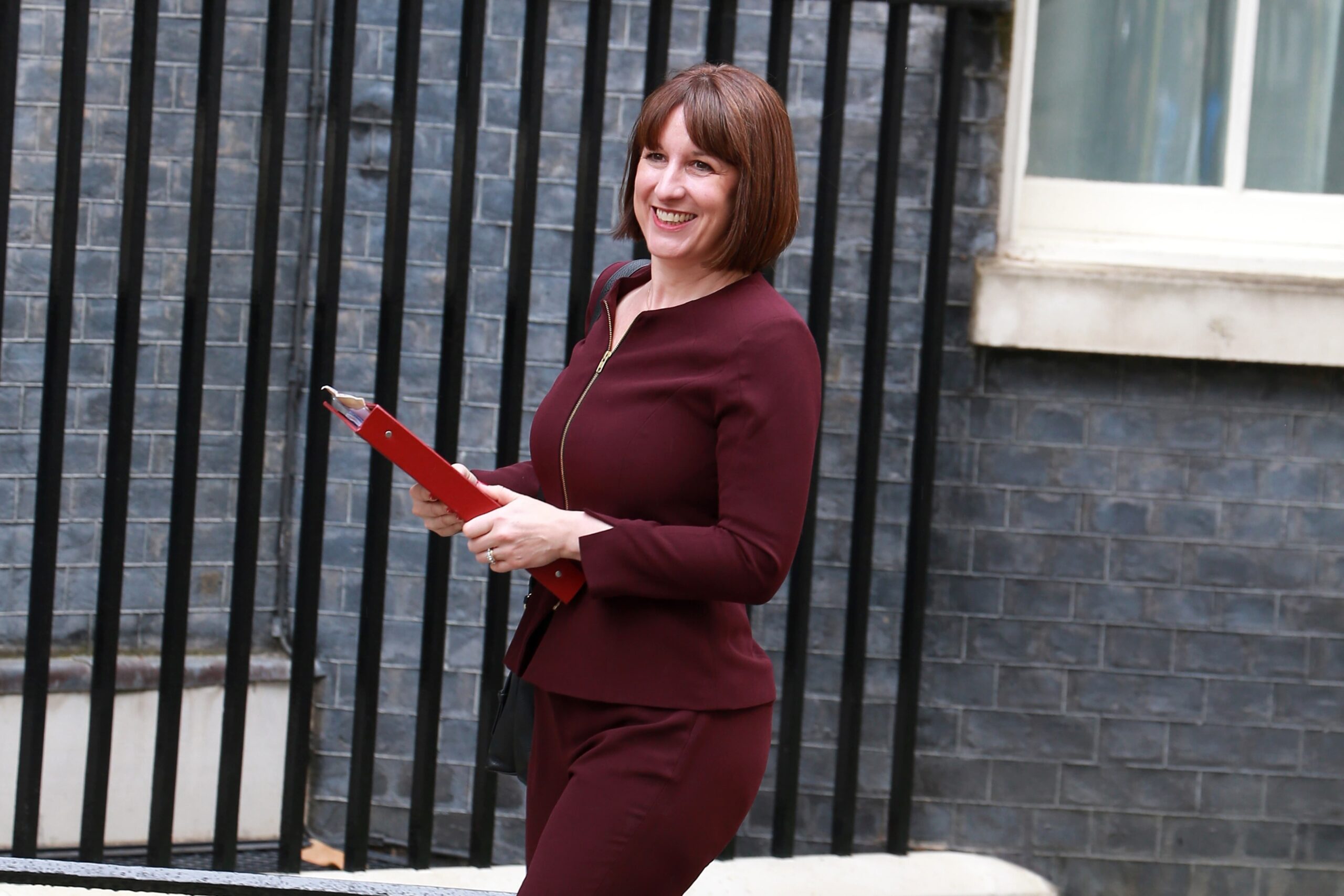
Investing in buy-to-let property – everything you need to know
Posted on: 25th April 2016 in
Mortgage & Property
Buy-to-let properties have always been the vogue among alternative real estate investments. But you don’t need any prior experience to realise that property, in general, is an expensive asset to access. And there’s also a lot of talk regarding the recent changes made to tax and duty structures applicable to buy-to-let properties.
What’s the deal with buy-to-let property investments and mortgages, and how best can a UK expat invest in it?
First, a brief clarification.
1. What is buy-to-let property?
Buy-to-let is a term used in the UK to identify investments in properties that are acquired for the sole purpose of ‘letting’ or renting out.
As a landlord, your buy-to-let property not only enables you to
increase your wealth as property prices appreciate in the marketplace but once it’s occupied by tenants, you can also benefit from a constant stream of
rental income. We’d say this is much akin to ‘having your cake and eating it too’!
However, owning a buy-to-let property is essentially different from owning a home and as a result, there are specific ways by which you can finance it if you can’t manage it on your own. Furthermore, as a landlord, you’ll be faced with a series of
legal responsibilities that you need to comply with.
We will cover the basics behind buy-to-let mortgages further on.
But right now, let’s find out…
2. …why should you invest in a buy-to-let property now?
Because currently there is prolific
demand for housing that outstrips its supply.
You might be wondering why this is so? That’s mainly since the UK is a regional hub for almost everything, making it a great place to study, earn and live. In fact, since recovering from the bygone recession, key industries including
financial services,
education,
tech,
fashion,
retail,
tourism, etc. have been characterised by positive year-on-year growth.
But, you may wonder, how exactly does this affect the demand for housing?
In essence, a country’s economic strength coupled with a positive growth momentum leads to high disposable income levels per capita. (According to the IMF, the UK has achieved sustained growth in GDP per capita of around approximately 2% over the past three years.)
This in turn financially empowers people to go out and purchase goods and services (including comfortable accommodation).
As people advocate the use of products and services, the country’s industries are invigorated.
The prevalence of a strong economy and expanding domestic industries tends to inspire people from all over the world to visit, study, work and even settle down in the UK.
All of this underscores one factor — there will be consistent population growth into the foreseeable future. And all of these people and businesses are going to need living/operating space.
This provides a great commercial potential for buy-to-let landlords to step up to cater to this demand through their real estate property holdings.

So, why invest in buy-to-let NOW?
Quite frankly, if demand for housing continues to outpace its supply as expected, it will most likely drag housing prices up with it. In other words, the market value of the buy-to-let property you purchase today will increase over time. Your wealth will rise in tandem and your rental income too will increase.
3. How can I finance my buy-to-let property?
This is the most straightforward approach and in the absence of potential opportunity costs (i.e. other investments that will yield higher returns), the cheapest method of financing your buy-to-let investment.
The biggest benefit of an outright purchase is that you will not be subject to any restrictive bank covenants that usually entail a mortgage-backed purchase. You are essentially free to utilise your buy-to-let property as deemed fit, within the boundaries of the law.
However, this underscores the availability of a generous amount of cash and your overall purchasing power is likely to be limited.
- Through a buy-to-let mortgage
A buy-to-let mortgage is a type of mortgage that is specifically designed to cover buy-to-let property purchases. We’ve listed out several key features of such mortgages below:
- Buy-to-let mortgages tend to cost more than residential mortgages. This includes;
- Higher interest rates (on average, 1-2% higher than residential mortgages);
- Higher arrangement fees of around 1.5-3% on average;
- A higher down payment of usually at least 25% of the property’s value, and;
- A requisite buildings insurance cover on the property.
- Your property will need to carry a nominal valuation, typically around £100K.
- Your borrowing limit primarily depends on the potential rental income that you can generate off the targeted property. This needs to be verified by independent sources. If you’re a first-time landlord, you will usually need to declare an income of at least £25K.
- Your monthly rental income needs to be at least 125% of the monthly mortgage payment.
- There will likely be an upper limit associated with how much you can borrow.
* Note that these factors will vary based on the lender.
A key benefit of the buy-to-let mortgage option is that, depending on your profile, you may be able to access a higher capital sum which you can use to finance a buy-to-let property within a prime high yielding location such as
Manchester or Liverpool.
Studies have proved that buy-to-let properties obtained under the respective mortgages arrangements have historically generated higher returns to owners than those obtained through cash.
4. What is my tax liability in a buy-to-let investment?
You will be subject to three main types of taxes and duties: stamp duty, capital gains tax, and income tax. As of 2016, several revisions were introduced into these categories. We’ve rounded-up the salient features of and changes within each type of tax.
Stamp duty is incurred at the point of buying your buy-to-let property.
On April 1, 2016, a surcharge of 3% was added to the standard
duty structure, impacting the overall cost of your property investment. The following table provides a comparison of the standard rate vs. the new buy-to-let rate:
| Value Bracket |
Standard Rate |
Buy-to-let Rate |
| Up to £125,000 |
0% |
3% |
| The next £125,000 (the portion from £125,001 to £250,000) |
2% |
5% |
| The next £675,000 (the portion from £250,001 to £925,000) |
5% |
8% |
| The next £575,000 (the portion from £925,001 to £1.5 million) |
10% |
13% |
| The remaining amount (the portion above £1.5 million) |
12% |
15% |
You may wonder how this impacts you. Assume you are thinking of purchasing a property that carries a price tag of £500,000. Formerly, you would have paid stamp duty of £15K at the point of purchase, whereas now you’re compelled to pay £30K. This is illustrated below:
| Formerly |
Stamp Duty Payable |
Taxable Property Value |
| Property value |
|
£500,000 |
| Up to £125,000 @ 0% |
£125,000 x 0% = £0 |
|
| Remaining taxable value |
|
[£500,000 – £125,000] = £375,000 |
| The next £125,000 @ 2% |
£125,000 x 2% = £2,500 |
|
| Remaining taxable value |
|
[£375,000 – £125,000] = £250,000 |
| The next £675,000 @ 5% |
£250,000 x 5% = £12,500 |
|
| Total stamp duty payable |
£0 + £2,500 + £12,500 = £15,000 |
| From 1 April 2016 |
Stamp Duty Payable |
Taxable Property Value |
| Property value |
|
£500,000 |
| Up to £125,000 @ 3% |
£125,000 x 3% = £3,750 |
|
| Remaining taxable value |
|
[£500,000 – £125,000] = £375,000 |
| The next £125,000 @ 5% |
£125,000 x 5% = £6,250 |
|
| Remaining taxable value |
|
[£375,000 – £125,000] = £250,000 |
| The next £675,000 @ 8% |
£250,000 x 8% = £20,000 |
|
| Total stamp duty payable |
£3,750 + £6,250 + £20,000 = £30,000 |
Capital gains tax is incurred at the point of selling your buy-to-let property at a profit.
The profit element is the difference between the original purchase price of the buy-to-let property and the amount at which it is sold (which is most probably higher — see historical house price movements above).
Depending on your income tax band, this will be either
18% or 28%.
- Income tax on rental income
Income tax is incurred on all rental income received based on your tax band, after
tax-deductible expenses.
It should be noted that since 1 April 2016, you’re disallowed to claim a 10% allowance on ‘wear and tear’ costs against your tax bill. This was previously allowed, without necessarily incurring any costs.
Fortunately, you’re still able to claim
actual costs incurred on damage or repairs. In fact, now you can claim the
entire cost of such activities as opposed to the earlier 10% limit. We view this as an advantageous development that encourages committing to requisite and progressive capital expenditure.
Furthermore, it should be noted that the maximum tax relief will be gradually phased down to a flat rate of 20% from the existing 40-45% from 1 April 2017 onwards over a four-year period, further clamping down on landlords’ profits.
5. So, what’s the verdict on buy-to-let property investments? Good? Bad?
As with any class of assets market, the buy-to-let property market is also characterised by inherent risks and rewards. No doubt, the new fiscal restrictions have certainly clamped down on the industry’s net earnings potential for investors.
As a result, there have even been numerous divestments in buy-to-let properties in the market.
However, we at Holborn Assets see this as an opportunity for a fresh start for the resolute UK expat investor. We see these new developments as more than just a mere pitfall. These conditions have in fact raised the need for more structured, lateral and long-term thinking and strategic planning in regards to wealth creation, much as if you were managing your own small business.
We are of the view that potential landlords will most definitely be compelled to assess their long-term earnings strategies and invest in or reposition their buy-to-let properties to suit optimum demand criteria. We recommend consulting vetted financial advisors for effective mortgage advice, tax planning, positioning and cash flow planning guidance in order to thrive within this increasingly competitive marketplace.
Holborn Assets’ team of
qualified financial consultants are the best in the industry for buy-to-let investment and mortgage advice. Contact us today for an appointment.

 So, why invest in buy-to-let NOW?
Quite frankly, if demand for housing continues to outpace its supply as expected, it will most likely drag housing prices up with it. In other words, the market value of the buy-to-let property you purchase today will increase over time. Your wealth will rise in tandem and your rental income too will increase.
So, why invest in buy-to-let NOW?
Quite frankly, if demand for housing continues to outpace its supply as expected, it will most likely drag housing prices up with it. In other words, the market value of the buy-to-let property you purchase today will increase over time. Your wealth will rise in tandem and your rental income too will increase.



